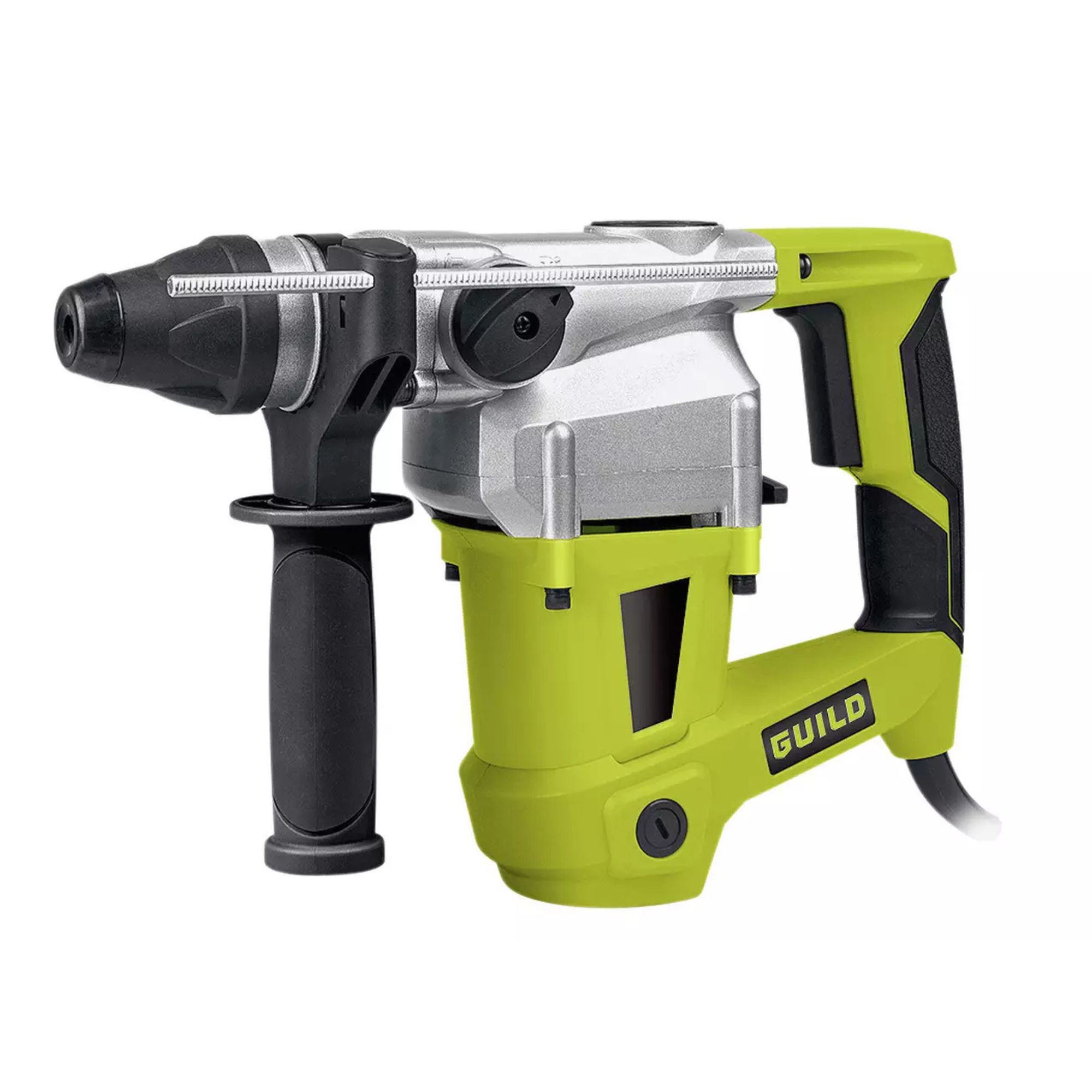How to treat rising damp - experts explain the key steps you need to take to prevent further damage
Rising damp can be tricky to treat, so we’ve pulled together all of the information you need to know


Knowing how to treat rising damp is key to protecting your home from further damage. And while we’d love to say that it was as simple as drying out each room, treating rising damp is little more complicated than that.
Damp comes in many different forms, and so getting rid of damp is a very specific task. After all, some dampness comes through the walls, other damp comes through a leaky roof, and then there are some forms of damp that only make an appearance after a long shower. In some cases, one of the best dehumidifiers should be able to help, but if you’ve spotted the signs of rising damp in your home, you have a bigger job on your hands.
Whether you’ve seen the telltale signs of tide marks on the bottom of your walls, your paint is peeling, or you have rotting skirting boards, you need to treat rising damp as soon as possible to have the best chance of getting rid of it. That’s why we’ve spoken to experts to help you understand how to treat rising damp once and for all.
1. Understand the cause
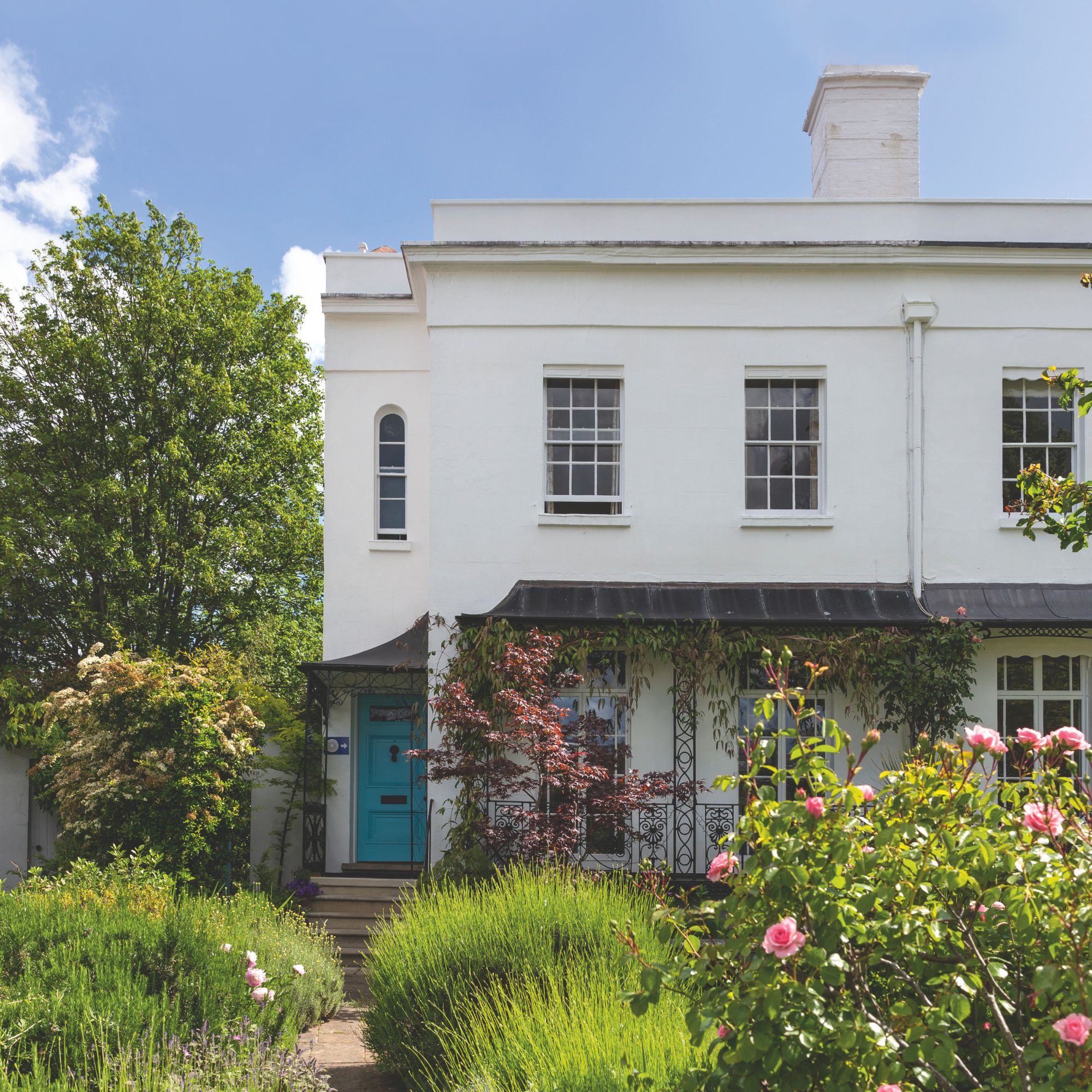
As Nicholas Auckland from Trade Radiators, explains, ‘Rising damp is notoriously difficult to eradicate as it originates from moisture in the ground and rises up through the walls, weakening the structural integrity of a property.’
However, it’s important to note that rising damp isn’t as common as you’d think. And while it is possible to experience rising damp in new homes, it’s typically found in older properties. This is echoed by Anthony Baddely, Network Support Manager at Aspray.
He says, ‘The majority of these very old buildings have had elements of rising damp in them since they were built, and based on the open pore structure of the materials used to build them back then moisture would rise and fall during the seasons of the year. The materials and decorative finishes were all breathable to allow this natural movement of moisture through them.’
In fact, rising damp problems tend to occur when older homes are later renovated and redecorated with modern, non-breathable materials. Modern central heating systems can also make matters worse.
Sign up to our newsletter for style inspiration, real homes, project and garden advice and shopping know-how
Anthony adds, ‘The introduction of central heating systems into very old properties will dry out the walls far more than they were originally built to deal with, which again can encourage moisture ingress.’
So, while it’s important to understand the cause of rising damp, you also need to understand the distinction between rising damp and other forms of damp - like penetrating damp, for example. If you’re unsure, always consult a professional.
2. Prepare your walls for a DPC injection
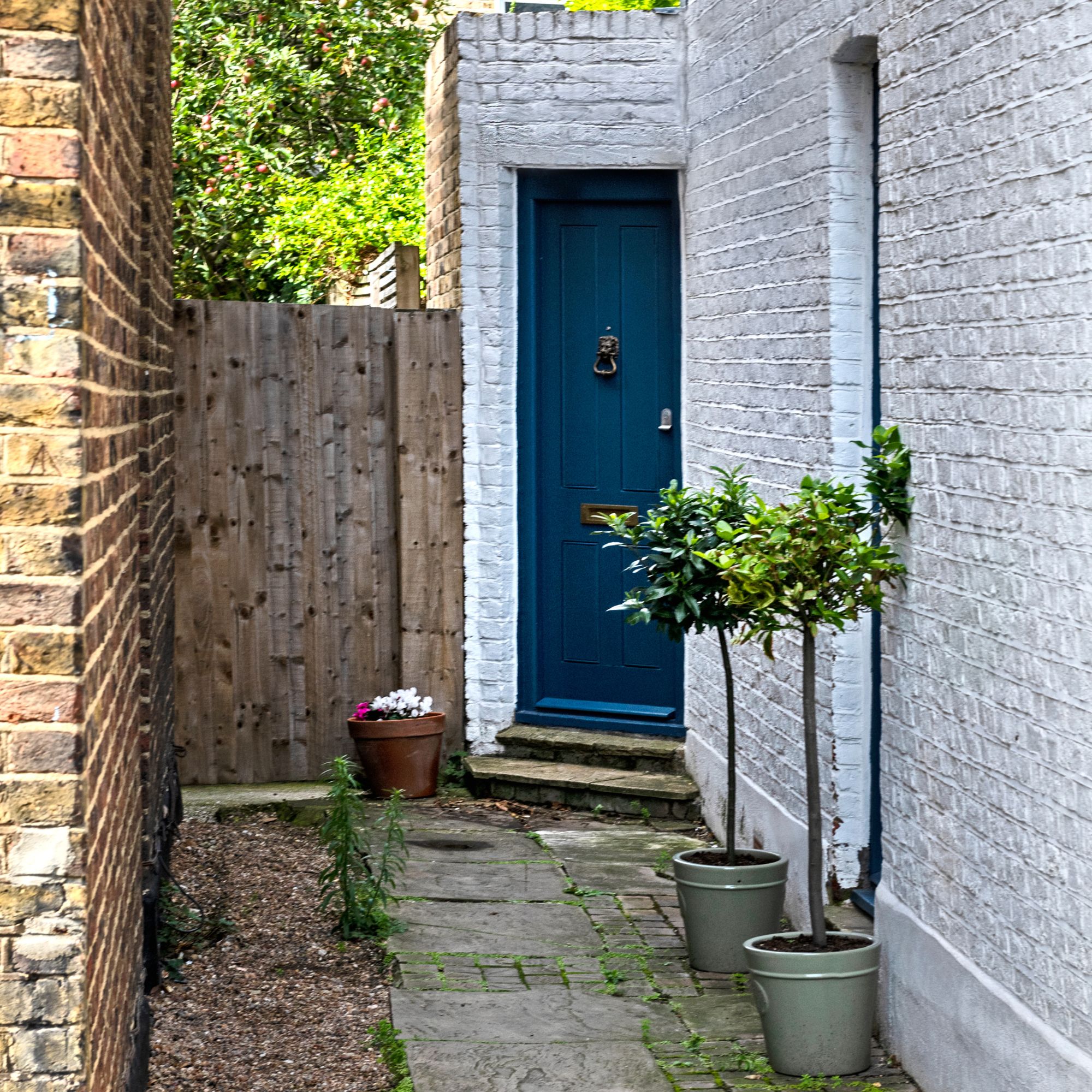
There’s only one way to treat rising damp, and that’s to inject your home with chemical damp proofing. This is called DPC (Damp Proof Course), a water-repellent silicone resin that is usually injected at the bottom of your walls to protect your home’s pores.
And while there are kits to do this yourself, Nicholas says, ‘This can be a difficult process that is usually performed by professionals, but it can be done by very experienced and confident DIYers. However, if your rising damp is very severe I always advise that you consult professionals for advice.’
Because of this, it’s important to find a local damp professional to do the job for you. Always make sure you read reviews and compare a few different quotes before settling on someone.
You can still help prepare your walls for the DPC before the professional arrives, though. As the DPC is typically injected from the outside of your home, you can spend some time removing damp paint or wallpaper and taking the plastered walls back to the brick.
The plaster will likely be damp, so it shouldn’t be too hard to do this. You will need a masonry chisel and a hammer - or a hammer drill - to complete this job.
3. Give your internal walls some TLC

When your trusted tradesperson has injected the new DPC, you can then get to work on refreshing your walls. And while you can call in professionals to do this, more and more homeowners are choosing to plaster and paint their homes themselves - especially when they want to save money.
Of course, you need to know how to plaster a wall for this step, and you also need to make sure that you wait enough time before painting over new plaster. But if you’re willing to give it a go, it can be a very easy DIY job.
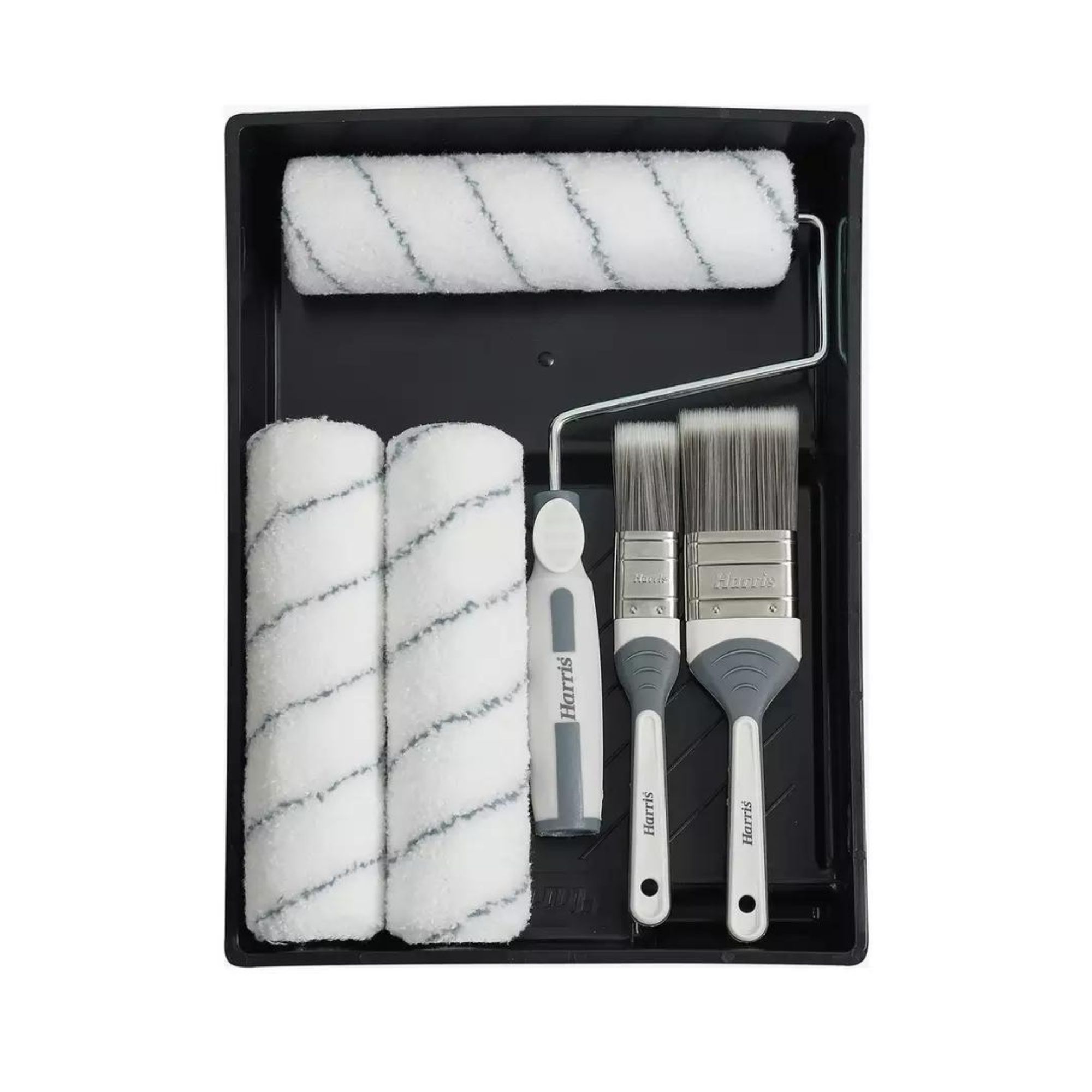
When the time comes to repaint your walls after treating rising damp, this set will come in very handy. Just make sure you know how to clean paintbrushes afterwards.
4. Continue to monitor moisture levels

Although the above steps should be enough to treat rising damp in your home, you still need to monitor it over the next few weeks, months, and even years. This will help confirm or deny whether the DPC has worked and whether you need to take any extra measures.
Nicholas says, ‘After treating your rising damp it’s a good idea to monitor the moisture levels in your home. To do this, invest in a moisture meter to measure the moisture levels in your walls; high moisture can indicate the return of rising damp.’
Of course, everyday damp and condensation are to be expected, and you can mitigate this by using a dehumidifier. But if you notice the moisture levels rising rapidly during the wetter, colder months, it’s best to act quickly and call a professional again.
5. Prevent future temperature shock
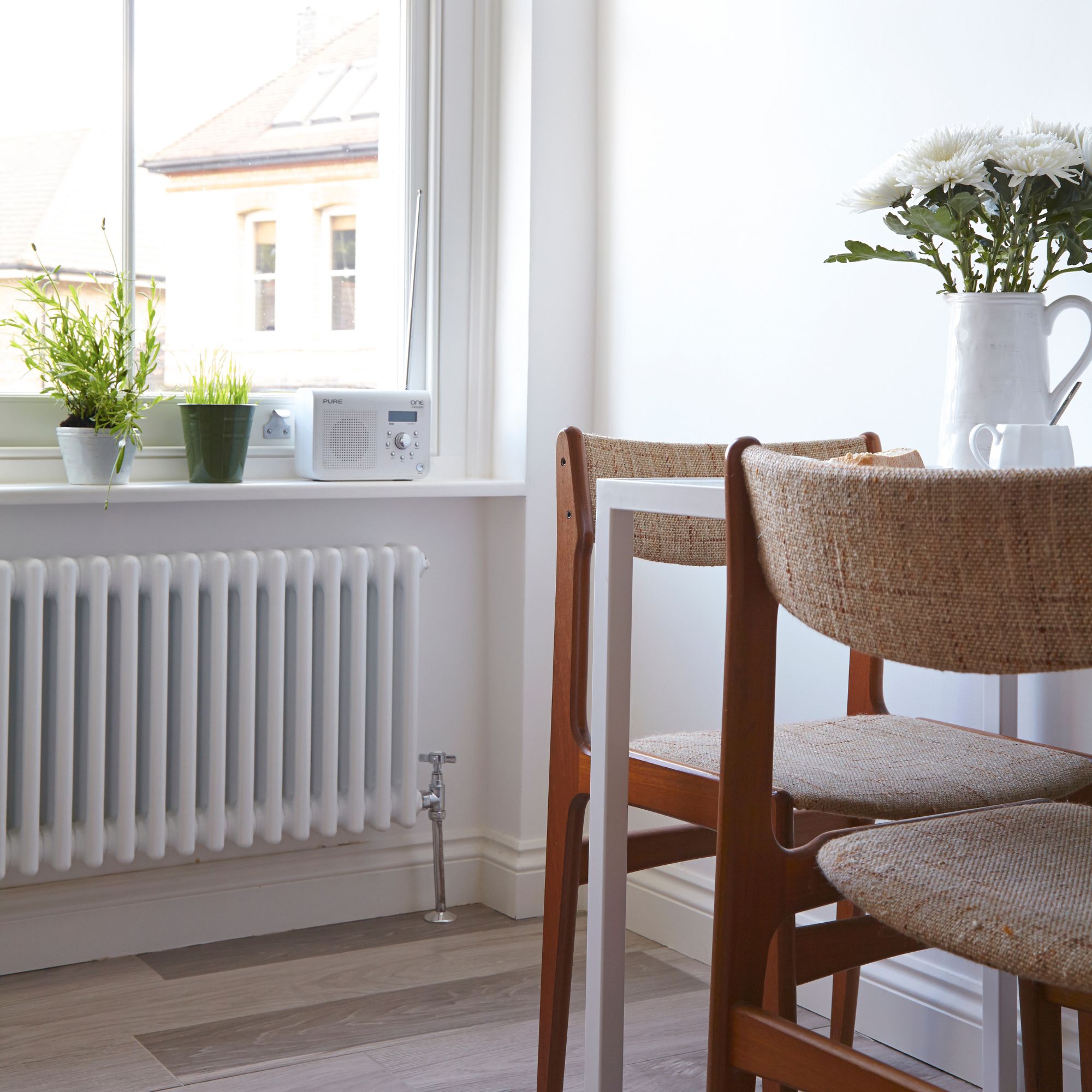
If you had rising damp in your old home, it’s also worth mentioning that your home - and its older materials - may still suffer the adverse effects of the winter months. And while you may turn your heating on to keep your home warm in the winter, Anthony suggests a gentle approach to this.
‘As we approach the colder months of the year, turn the heating on very low and build the temperature up over several weeks so that the materials are not shocked with sudden increase in temperature resulting in further moisture ingress.’
You could even utilise smart heating systems to have better control over your heating during this time.
FAQs
Is rising damp expensive to fix?
Rising damp can be extremely expensive to fix, but it ultimately depends on how severe the rising damp is. Although it’s one of the most difficult types of damp to treat, it can be cheaper if caught early or if you have a small home.
In general, you should expect to spend anywhere between £500 and £5,000 to treat rising damp. It’s very difficult to treat yourself, so you'll most likely need to call in a professional who will inspect your property and then inject with DPC.
Alongside this, you also have to account for the cost of repairing your home after the DPC has been injected. This includes replastering, repainting, and potentially even re-rendering.
Can you treat rising damp without removing plaster?
No, you should always remove plaster before treating rising damp. Even if it doesn’t look like your plaster has been affected by the rising damp, it’s highly likely that it has absorbed the moisture and salt that will ultimately make the damp worse as the years go by.
With this in mind, you should always remove plaster and take the walls back to the brick before treating rising damp.
Now you know how to treat rising damp, it’s probably time to start researching local professionals.

Lauren Bradbury has been the Content Editor for the House Manual section since January 2025 but worked with the team as a freelancer for a year and a half before that. She graduated with a Bachelor’s degree in English and Creative Writing from the University of Chichester in 2016. Then, she dipped her toe into the world of content writing, primarily focusing on home content. After years of agency work, she decided to take the plunge and become a full-time freelancer for online publications, including Real Homes and Ideal Home, before taking on this permanent role. Now, she spends her days searching for the best decluttering and cleaning hacks and creating handy how-to guides for homeowners and renters alike, as well as testing vacuums as part of her role as the Ideal Home Certified Expert in Training on Vacuums, having spent over 110 hours testing different vacuum models to date!

